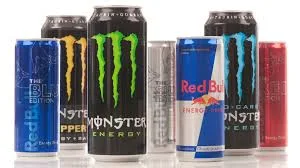A health expert, Dr Joke Adeleye, has said that the first sign of
diabetes in some persons could just be genital itching or a recurrent
boil.
Dr Adeleye made this
disclosure at the 2018 World Diabetes Day celebration organised by the
UCH, Ibadan Diabetes Care team and Diabetes Association of Nigeria, Oyo
State, with the theme “the family and diabetes.”
The diabetologist
stated that itching in the genital area both for men and women could be a
common sign of diabetes even when they have not noticed the other
typical signs of diabetes such excessive passage of urine, feeling
unduly thirsty, and losing weight despite a healthy balanced diet.
Adeleye, who noted
that diabetes in some individuals is without symptoms, added that the
vaginal itching in the woman may also be accompanied with a thick
discharge.
The expert stated
that itching of the skin, particularly around the genitals, until proven
otherwise may be pointers to the fact that the blood glucose levels are
high.
“So if you notice
something unusual, particularly if you are an adult, you should get
tested, even if such things are noticed in children, they also should
get tested.”
Dr Adeleye urged that every adult after the age of 40 years should have their blood sugar checked at least one in three years.
“However, if you
have a family history of diabetes, a young person who has siblings or
parents with diabetes or risk factors for diabetes such as overweight,
high blood cholesterol and blood pressure, request to have a blood sugar
test done every year even if you do not feel unwell or have symptoms of
diabetes,” she added.
Earlier, Professor
Adesoji Fasanmade, the chairman at the event expressed concern on the
increasing cases of diabetes in Nigeria, which he linked with lifestyle,
diet and poor exercising.
Fasanmade, noting
that of every 100 adults in Nigeria, 8 persons now live with diabetes
but only half of them know they have the disease, urged Nigerians to be
more proactive about their health.
Chairman, Diabetes
Association of Nigeria, Oyo State, Chief Emmanuel Adeyinka, linked the
upsurge in adult and juvenile diabetes to the aggressive and relentless
advertisement by fast food vendors, urging parents to always serve
children home balanced diet, fruits, vegetables and adequate water.
At the event had 250 persons tested for diabetes and a road show to create awareness about the disease.



























